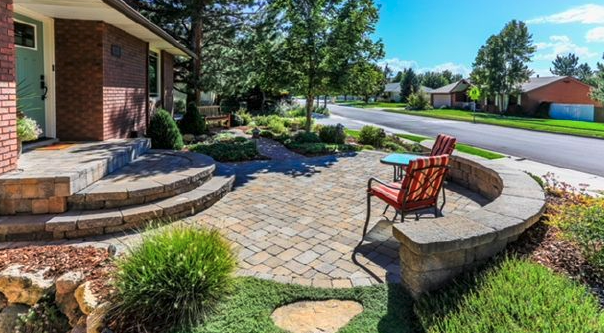Spring is here and now is the time to take steps towards making your yard look great for the rest of the year. The duty of each homeowner and tenant is to maintain their home in a good and attractive condition and excellent state of repair at all times. Each homeowner is responsible for mowing, edging, watering, fertilizing, trimming, pruning and otherwise maintaining the landscaping on their property. Here are some landscape maintenance tips that will help you keep your yard in compliance with community standards.
Aerate: Aeration breaks up the thick web of roots and compacted ground and allows water and nutrients to penetrate deeper into the soil. Aeration equipment can be rented for DIYers or aeration services can be hired for a fairly low price. Liquid aeration products can also be effective, especially in clay or compacted soils. Aeration is typically only done once or twice per year and is best done in the spring. If your grass is really thick and matted with old, dead grass you might also look into renting or hiring out a power rake to break it up.
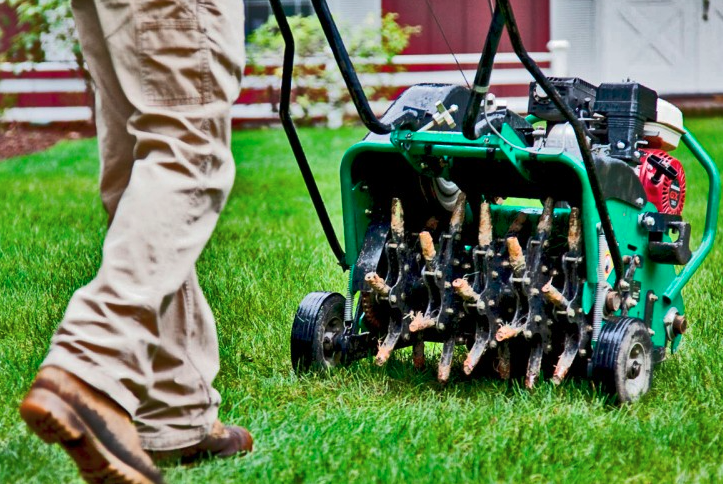
Fertilize: One of the best ways to get your grass looking lush and green is to properly fertilize it. Fertilizer can be found at local home improvement stores. Fertilizer products contain Nitrogen, Phosphorus, and Potassium; three key ingredients to fortifying your yard. While fertilizers are easy to apply, be sure to follow the specific application instructions on the packaging. Avoid applying fertilizers in the heat of summer. We typically think of fertilizer for grass, but planting beds and trees will also benefit greatly from property fertilization.
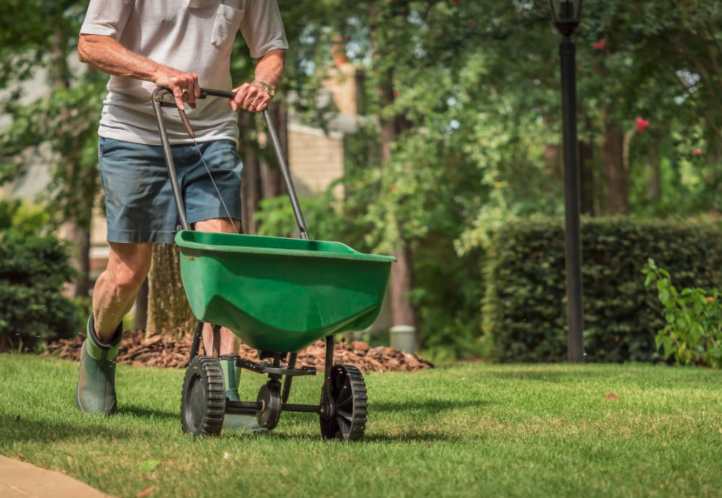
Water: Your grass needs water to survive, but often folks are watering too much or too little. It’s best to water less frequently, but more deeply. Give your yard a good soak about once every three days, adjusting with the weather. If your soil does not absorb the water well because you have clay soil or live on a slope, it’s best to use the cycle and soak method, breaking up your watering times into multiple shorter cycles. This allows the water time to penetrate the soil between cycles. Watering at night maximizes absorption.
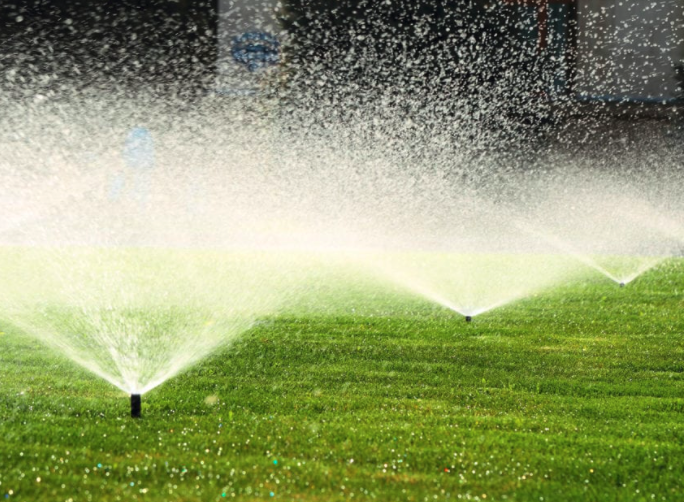
Mow & Edge: It’s important to mow and edge regularly to keep your lawn healthy and beautiful. Use a sharp blade and only cut about a third of the grass blade length off at a time. Avoid cutting the grass too short, especially in the heat of summer. Cutting the grass between two and three inches is ideal and will produce a thicker, greener lawn. Edging helps establish a defined boundary for the grass and keeps grass and weeds from growing over sidewalks and along fence lines on corner lots.
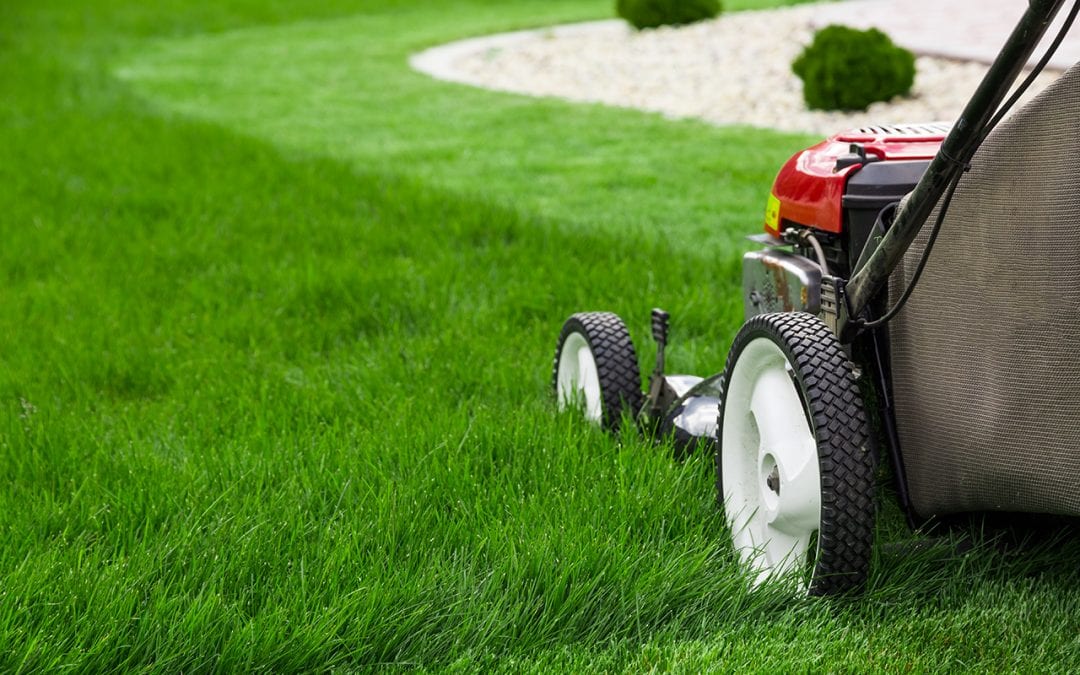
Weed: Weeds are annoying, unsightly, and tough to get rid of, especially in dry windy conditions. There are a number of products available that can treat weeds before they crop up and spread in the spring. Two common products used are Glyphosate and 2-4D. Glyphosate kills all types of plants including grass, weeds, and other plants – do not use this product on your grass. 2-4D kills most weeds, but does not kill grass, so is good for killing weeds in grass areas. If you’re worried about using chemicals on your lawn, weeds can also be removed by hand by digging them out at the root. A little bit of effort before weeds get out of hand can prevent a breakout of weeds that spread throughout the neighborhood and are hard to get rid of. When it comes to weeds, remember, an ounce of prevention is worth a pound of cure.
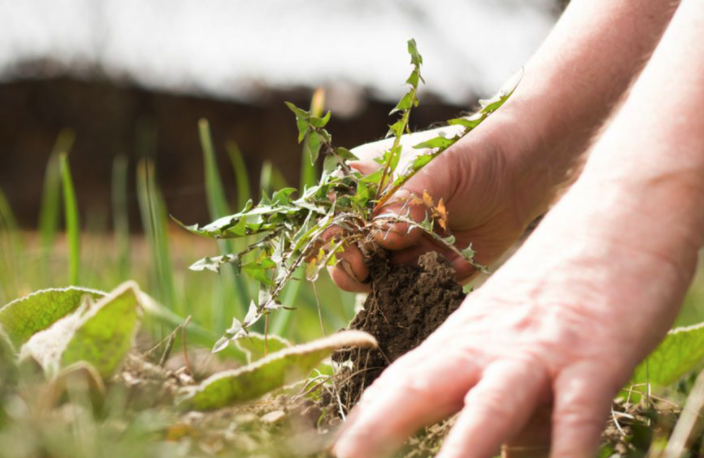
Trim & Prune: Shrubs and trees need to be trimmed and pruned a couple times per year so they don’t become overgrown and unsightly. Trees along walking paths should be trimmed so they are not obstructing the path. Park strip trees should have a minimum 7-8 foot head clearance if branches extend over sidewalks or roads.
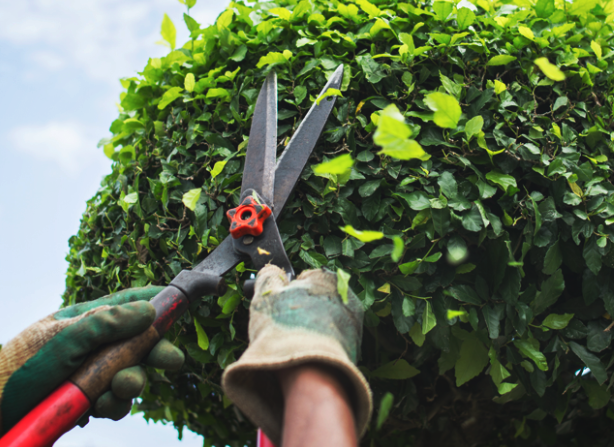
Make Improvements: Any changes to the exterior of the home must be reviewed and approved by the Design Review Committee prior to installation. To submit a design review request or if you have any questions or concerns, please contact us. If you are concerned about water conservation, consider transforming your yard into a water efficient yard by removing large sections of grass and adding hardscape and planting beds with drought-resistant shrubs, grasses, and trees that are sourced locally. Please follow all HOA guidelines and remember to get all of your changes approved prior to installation.
